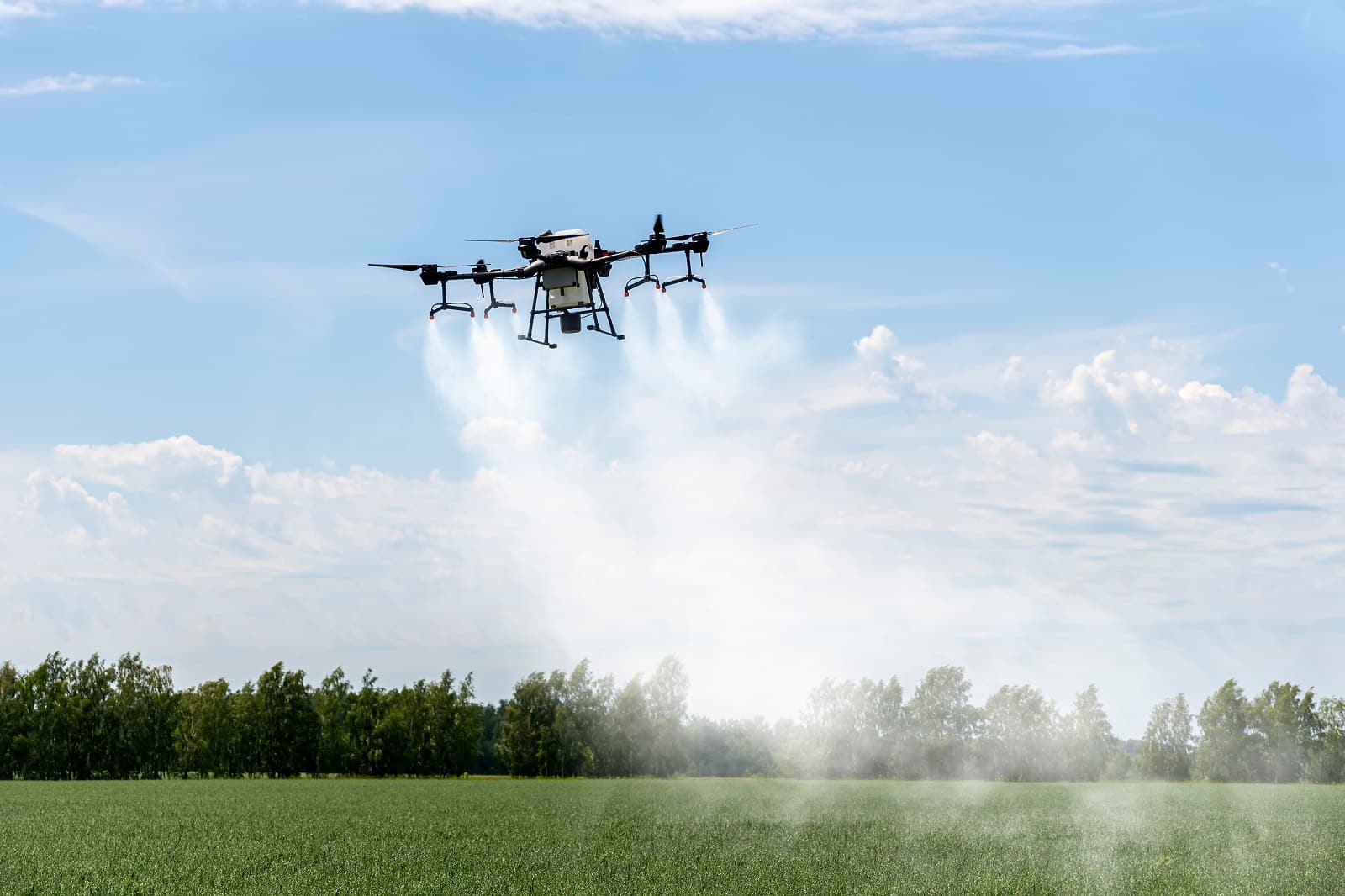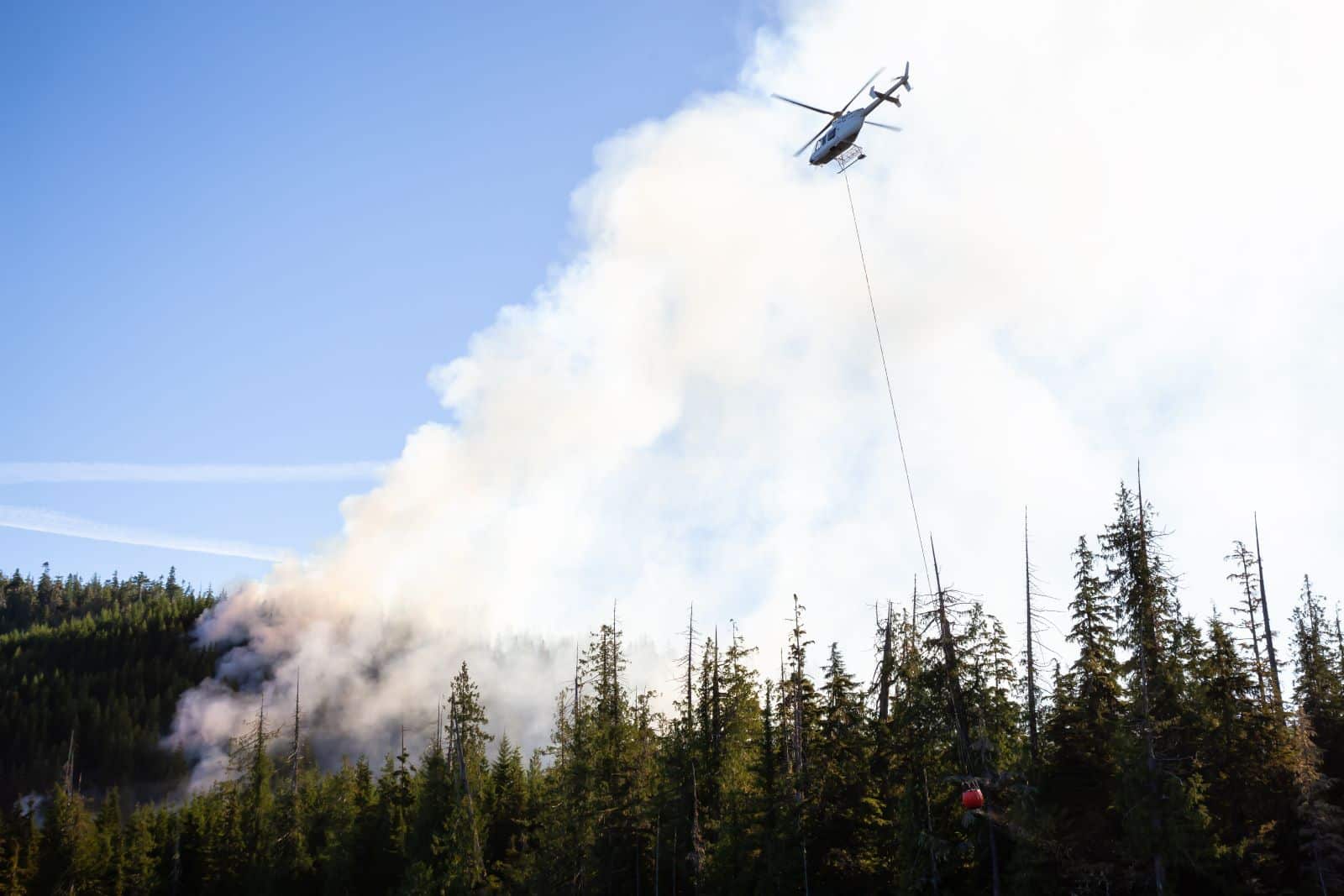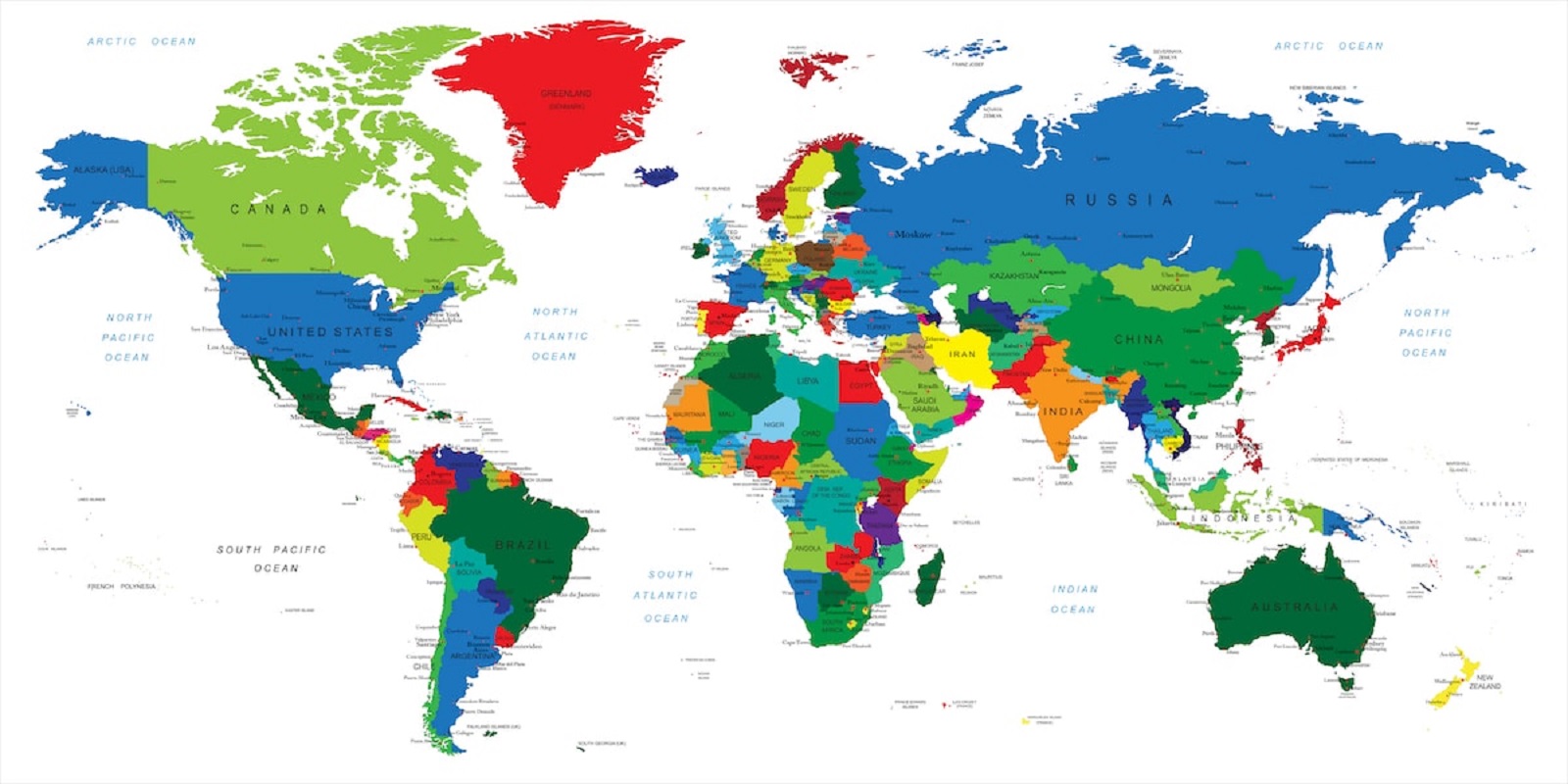If you are a Californian who has seen insects falling through the sky, you may have an explanation. In a remarkable effort to curb the booming population of wild Mediterranean fruit flies, SFGATE reported that Los Angeles deployed aircraft to drop hundreds of thousands of insects, all marked with a distinct purple dye.
The Battle Begins

The California Department of Food and Agriculture (CDFA) led this unique operation. They initiated the release of approximately 2.25 million sterilized male insects from above the city’s Leimert Park neighborhood.
Marked with Dye

These insects were no ordinary pests; they were specially marked with purple dye for a distinct purpose.
The Quarantine Zone

As the insects descended from the skies, a 69-mile area encompassing parts of Culver City and south and central Los Angeles found itself under quarantine.
Searching Out Solutions

The city officials implemented this measure as they attempted to find the solution to the Mediterranean fruit fly problem.
Economic Impact

The consequences of the quarantine were not confined to the quarantine zone alone. Producers, distributors, and fruit sellers in the affected region suddenly found their businesses disrupted.
Home Gardens Disrupted

Home gardeners were also given crucial advice: consume your produce where it grows and avoid transporting it. The disruption was significant.
A Devastating Threat

The CDFA made it clear why such drastic measures were necessary. According to their assessment, Mediterranean fruit flies posed a significant threat to over 250 varieties of fruits and vegetables.
Inedible Produce

Their modus operandi was particularly devastating: they laid eggs that hatched into larvae, rendering the produce inedible.
A Costly Menace

Should the Mediterranean fruit fly population spiral out of control, the CDFA estimated it would inflict a staggering annual cost of $1.8 billion on the state. The economic impact alone was enough to prompt an urgent and innovative response.
The Aerial Operation

Ken Pellman of the Los Angeles County Agriculture Department shed light on the unique operation. Once marked with their special purple dye, the flies were loaded onto a specialized aircraft.
Just Let Go

After reaching the required altitude, they were, in a surreal turn of events, “just released out of the bottom of the cabin.”
Uncovering the Entry Point

The question on everyone’s mind was how these troublesome fruit flies made their way into Southern California. The origins of their entry remained unclear, but the prevailing suspicion was that they had arrived through uninspected produce.
Global Infestation

A deeper look into the Mediterranean fruit fly revealed the scale of the problem. According to the U.S. Department of Agriculture, this species, also known as Ceratitis capitata or Medfly, was considered the “most important agricultural pest in the world.” It had an extensive and alarming reach.
A Worldwide Threat

“The Mediterranean fruit fly is a threat to many fruits and vegetables,” the department warned on its website. It had already made its presence known in regions far and wide, including the Mediterranean, southern Europe, the Middle East, Western Australia, South and Central America, and Hawaii.
A Long History of Infestation

The U.S. Department of Agriculture traced the Medfly’s incursions back to the mainland U.S.
Marked the Start

The first of numerous infestations was recorded in Florida in 1929. It was documented as infesting various commercial and garden fruits, nuts, and vegetables, including apples, avocado, bell peppers, citrus, melon, peach, plum, and tomato.
Battle Just Begins

The battle against the Mediterranean fruit fly was far from over. Still, the purple-dyed aerial assault in Los Angeles marked a unique and unprecedented chapter in the ongoing struggle to protect California’s agricultural treasures.
The post Los Angeles Deploys ‘Purple’ Aerial Operation to Combat Mediterranean Fruit Fly Menace first appeared on Wealthy Living.
Featured Image Credit: Shutterstock / Korawat photo shoot. The people shown in the images are for illustrative purposes only, not the actual people featured in the story.





